Roasting is the final stage of a coffee’s complex journey from an agricultural product to a roasted bean that is ready to be ground, brewed, and enjoyed. We refer to coffee beans that have not yet been roasted as “green beans”, which get their name from their greenish hue. Before roasting, these green beans are dense, nearly flavorless, and smell like grass. It isn’t until heat is applied during the roasting process, that the coffee flavors and aromas we cherish are unlocked and the coffee becomes more soluble and ready for consumption. Roasting is an integral step in our pursuit of deliciousness that carefully balances art and science.
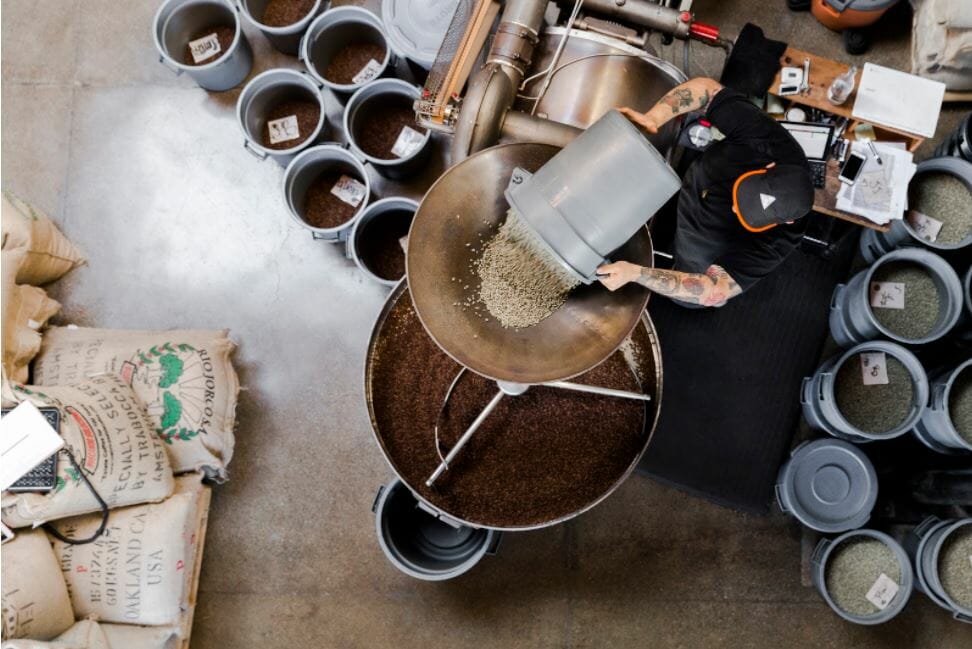
Roast Profile: A Recipe for Coffee Flavors
Variables in the roasting process, like time and temperature, have a significant influence on how acidity, body, and tastes are perceived. How a roaster chooses to apply these variables is referred to as a roast profile. A roast profile is the recipe that is created and followed by roasters to achieve a targeted flavor profile. A roaster uses time and temperature to manipulate flavor and highlight a coffee’s true potential. The coffee flavor will ultimately depend on the bean’s chemical makeup, but a roast profile can affect the expression of the beans significantly. Not even the most experienced roaster can make a low-acid and earthy coffee taste bright and fruity. This is because the flavor compounds a coffee contains are already ingrained in the beans based on environmental factors and the selected processing methodology. A roaster can, however, choose to use the roasting process in a way that can encourage a coffee to taste more or less acidic and have more or less body, balance, mouthfeel, bitterness or sweetness.
A roaster’s recipe, or roast profile, is tracked on a graph that measures time in relation to bean and air temperature within the roasting machine. Below is an example of the roast profile for Spyhouse Coffee’s Orion Espresso. The red line shows the bean temperature in relation to time. The rate of rise (RoR), drawn in blue, shows the rate or speed at which the coffee beans increase in temperature. For example, a RoR of 10 in 30 means that the temperature will increase by 10 degrees every 30 seconds, which can be seen on the graph below at 7 minutes into this particular roast. By changing the rate of rise and applying heat at different times throughout the roast, the bean curve (red) will change and so will the flavor profile. These changes are how roasters are able to influence and manipulate flavor.

This particular roast makes for an extremely well-balanced cup that is rich and silky in body. The blend covers a range of chocolate coffee flavors, with balancing notes of dark berries and citrus fruits that round it out. If the roaster had chosen to speed up their rate of rise early on and shorten the overall roast time, this coffee could shift from a balanced and rich profile to bright and crisp. When brewed as an espresso (a more concentrated brew) it could taste fairly sour in comparison. In contrast, roasting too slowly (17:00+ minute roast duration) could lead to a flat-tasting or uninteresting coffee.
Roast Degree
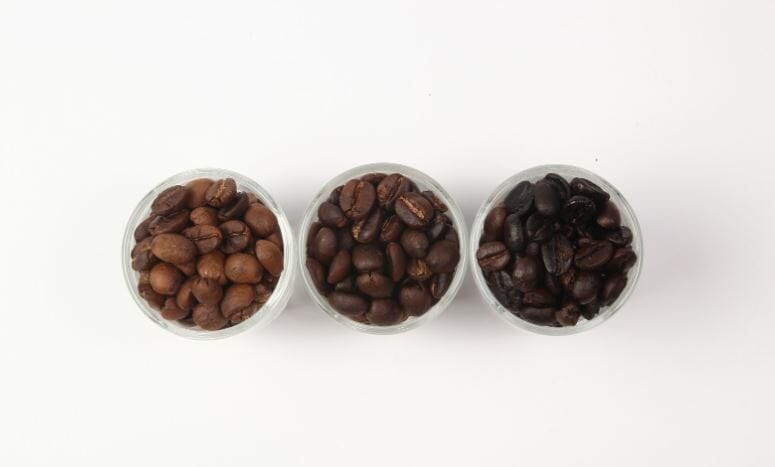
When we refer to a coffee as a light, medium, or dark roast we are talking about what is called its roast level or roast degree. The visible color of the coffee beans is directly related to the caramelization of sugars that occur the longer they are exposed to heat. The darker the roast appears, the more caramelization has taken place in that coffee. Finding your preference for a certain roast level can be crucial to enjoying your coffee experience. This is because the same coffee can taste dramatically different depending on the degree of its roast. For example, here are two of the same coffees from Evan’s Brother’s Coffee, both sourced from the CODECH cooperative in the Huehuetenango region of Guatemala. This green coffee is higher in acidity than most Central American coffees which gives the roaster more complexity to work with and allows them to roast at a higher degree without having the taste fall flat. The only difference between these two coffee flavors is the roast degree:

Evans Brothers goal with the medium roast coffee is to showcase the acidity and the sweetness in this coffee, highlighting the blackberry, citrus, and milk chocolate flavors. To do this they roast in slightly smaller batches, add a little more convection (movement of air), and lower the end temperature which increases sweetness and body. For the dark roast version, the goal is to achieve a richer body that balances notes of bittersweet chocolate and mild citric acidity with pleasant smokiness. They do this for the dark roast by increasing the batch size, lowering the airflow, and roasting for longer. It is the exact same coffee that has different taste expressions based on the roaster’s recipe and roast degree.
Finding your roast preference
There is no ideal roast level when it comes to coffee. Your satisfaction will depend on your own taste preferences and how you take your coffee. If you like rich, intense, and roasty flavors then a light roast will likely taste sour to you. If you enjoy delicate and nuanced flavors then a dark roast may be too bitter and intense for you. Generally speaking, the lighter the roast, the easier it is to pinpoint acidity, citrus, and/or fruity flavors. These delicate flavors will present themselves in various ways at different roast levels. When a coffee is roasted darker, it will inherit more roasty-taste characteristics.
Try thinking about roasted coffee in relation to toasting marshmallows. A lighter roast is less roasted (toasted) tasting and leaves more of the raw grain, sugar, or plant tastes and aromas intact. A darker roast has less of the inherent flavor compounds and instead has more toasty characteristics. These roasty flavors result from sugar browning, caramelization of sugars, and dry distillation (the breakdown and burning of plant fibers) due to the extended exposure to heat.
When it comes to coffee, if you enjoy lighter, brighter, and complex tastes then shoot for a lighter roast. If you enjoy rich, roasty, toasted, or even smoky flavors, shoot for a darker roast. If you want balance or the best of both worlds, a medium roast might be for you.
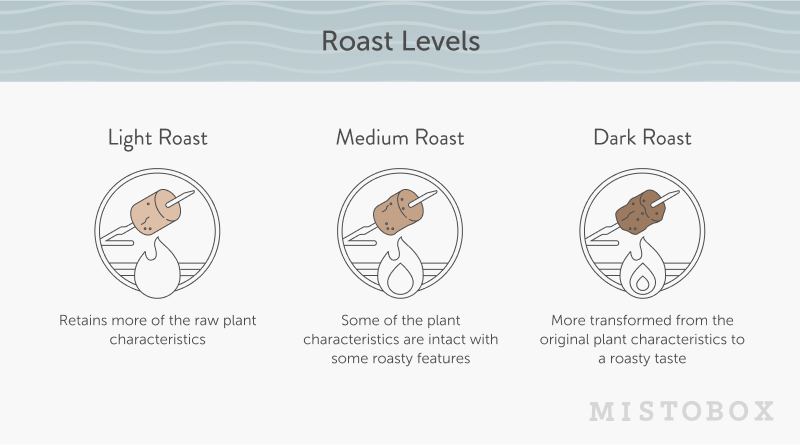
It’s worth mentioning that there are no industry standards for these roast degrees, and everyone has a slightly different definition and spectrum. What may be described as a medium roast by one roaster may be too light for you. To try to keep things as simple as possible, we have developed our own objectively calibrated system of scoring coffee roasts so that we can try to reduce confusion and make sure that we are sending the right roast levels for each and every coffee drinker. How do we do this? We analyze every new coffee using a tool called a colorimeter, which uses near-infrared light to measure the roast color of the whole bean coffee and then the ground coffee. The tasting notes are then compared with these scores to create the final roast level.
Light Roast Coffee

Light roast coffee should have no visible oils and is light brown or tan in color. Generally, light roasts:
- Contain more perceived acidity (flavor sensation of brightness or pop in a coffee)
- Highlight the complex and nuanced flavors inherent to the bean.
- Are lighter-bodied and lively; typically containing citrus, fruity, and floral flavors.
Why drink a light roast? You like a lively, bright, or nuanced cup of coffee. You want to taste the coffee for what it is, how it was grown and processed. You enjoy a unique or interesting coffee experience.
Browse our light roast coffee options.
Medium Roast Coffee

Medium roast coffee is medium brown in color with no or little oils present on the surface of the beans. Medium roasts range from medium-light to medium-dark and are the middle ground between light and dark. Generally medium roasts:
- Combine nuanced flavors inherent to the coffee seeds with roasty caramelized sugars to create a more balanced cup.
- Offers a balance of chocolate and caramel-like flavor characteristics with soft nuanced flavors like citrus or a fruit-like acidity.
Why drink a medium roast? You like a balanced, smooth, rich, complex, or lively cup of coffee. You like some surprises, but also enjoy the comforting flavor of bold coffee.
Browse our medium roast coffee options.
Dark Roast Coffee

Dark roast coffee is dark brown in color and the oils within the beans have surfaced from the amount of heat applied in the roasting process. Generally, dark roasts:
- Are lower in acidity; the acidity is masked by roast characteristics.
- Reach deeper levels of sugar browning and dry distillation.
Why drink a dark roast? You like a rich, bold, or intense cup of coffee. You love the roasty, bittersweet flavors that make coffee taste like coffee. If you like your coffee with cream or milk, a dark roast makes the perfect companion.
Browse or dark roast coffee options.
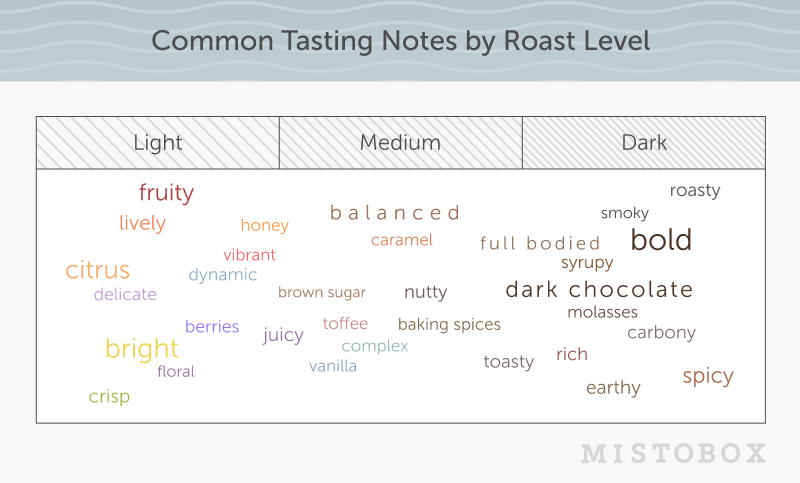
What is an Espresso Roast?
An espresso roast is not a degree of roast (light, medium, dark), but rather a way of roasting that suits the espresso brewing process. Espresso is a type of coffee beverage that results from a unique brewing method. In this method, pressure is used to extract a small yet concentrated amount of coffee. Espresso will always refer to the brewing method (using an espresso machine) and roasting for espresso is intended to help a coffee taste its best when brewed with an espresso machine.

Why Roast for Espresso Differently than Filter Coffee?
Due to the concentrated nature of espresso, flavors within a specific coffee are intensified through this brewing process. With filter coffee, extraction occurs over a period of several minutes as it drips through a filter. Brewing espresso takes a matter of seconds and thus extracts coffee flavors differently.
Generally speaking, during the brewing process, acidic and fruity flavors are extracted first, followed by sweetness and bitterness. Because extraction happens so quickly in espresso, the flavors are more intense and there is less room for error. For this reason, a coffee brewed as espresso may taste brighter, more acidic or even sour, than if it were brewed as filter coffee. To combat “sourness” some roasters choose to roast darker for espresso which typically helps diminish acidity. Others choose to preserve flavors that might get lost at a darker roast profile and manipulate or diminish acidity in other ways. Making changes to the roast recipe and using a slower rate of rise (RoR) might help reduce acidity and increase body which could translate to a balanced and tasty espresso.
A great example of this is the medium-light roasted Mass Appeal Espresso from Ceremony Coffee Roasters. Rather than roasting it darker, Ceremony used sourcing and roast profiling (alterations to their RoR and bean curve) to reduce acidity and enhance notes that will be complemented by milk. Ultimately, coffee that is intended for espresso brewing is typically roasted with balance in mind. In addition, roasters might choose green coffees that are inherently lower in acidity in the first place. If you love a balanced taste, any coffee roasted for espresso will usually be a great option for brewing as drip or filter methods as well.
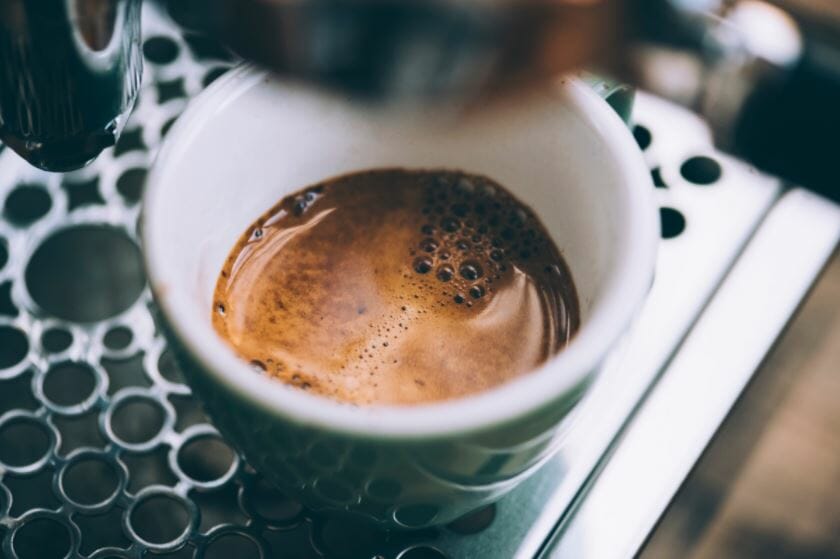
To summarize, roasting has a major impact on the final taste of coffee. Roasting is the stage in our seed to cup journey where green coffee is transformed from an agricultural product into the beans we use for brewing. American small-batch, specialty coffee roasters like Spyhouse, Evans Brothers and our other 54 coffee roasters, work hard to experiment and innovate with their sourcing of coffee and how they roast it to build trust with their customers and bring us some of the best coffee on the planet, no matter our preferences.
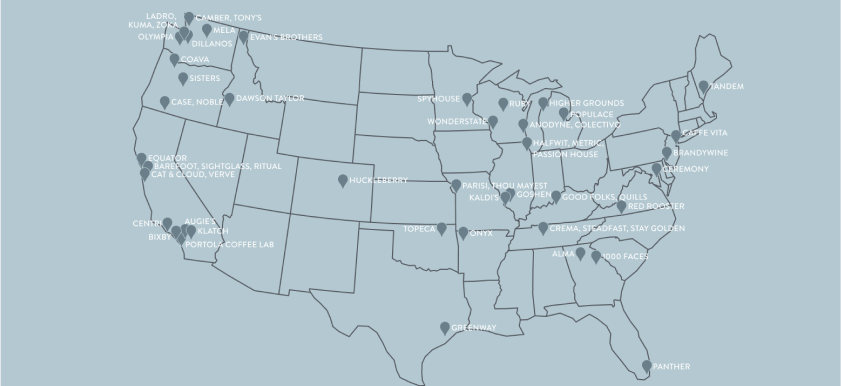
Learn more about coffee and taste with our series and check out our specialty coffee article, guide to coffee cupping or Strong vs Rich vs Bold Coffee: What’s the difference?

